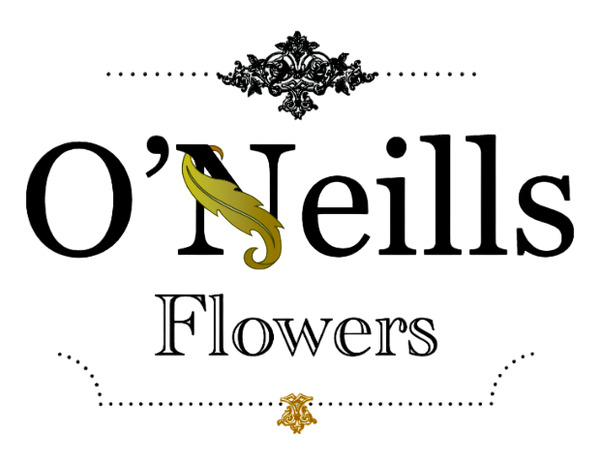Vine Weevil Prevention
Whether in public spaces or private gardens, you may have experienced incidents of vine weevils over the past year. These pests are becoming increasingly common, but they can be effectively controlled with nematodes. Unichem offers a wide range of Koppert biological control products for various pests, supplying professional users throughout Ireland and providing top-class technical support.
What are beneficial nematodes?
Nematodes are naturally occurring soil-dwelling microorganisms that can be used to control insect pests, including vine weevil larvae.
What are the symptoms of vine weevils to look out for?
Vine weevil larvae feed on plant roots, causing significant damage that can lead to plant death. Symptoms include the plants appearing like they need water or wilting. The larvae are typically found in and around the roots of plants. Adult weevils feed on leaves, leaving notches or half-moon-shaped cuts on the leaf edges. All adult vine weevils are female and can lay a high number of eggs, which develop into plant-damaging larvae.
How do beneficial nematodes work?
Nematodes enter the larvae through natural openings like the mouth and feed on them. They release a natural bacterium inside the larvae, which ultimately kills them. Infected larvae will often change color and will be completely broken down by the nematodes.
Are there any side effects of using nematodes?
Nematodes have no negative effects on plants, humans, birds, fish, or mammals, making them perfect for any maintenance project.
What products are available?
Entonem (for spring/autumn) and Larvanem (for summer) provide a biological control solution for vine weevils. Entonem contains the nematode species Steinernema feltiae and can be used earlier in the year when soil and compost temperatures are down to 8 °C. Meanwhile, Larvanem contains the nematode species Heterorhabditis bacteriophora and is suitable once soil temperatures are above 14 °C.
How are nematodes applied?
Entonem/Larvanem can be applied with watering cans, hose-end sprayers, nematode applicators, or sprayers. If using hose-end applicators, read the manufacturer’s instructions, and if applying with sprayers, remove any filters before use. To apply, remove nematodes from the fridge 30 minutes before application. Then, fill a container with 5 liters of water at room temperature, empty the pack contents into the water, and stir until thoroughly mixed. Take 0.5 liters of the solution and add it to a watering can with up to 10 liters of clean water. Apply to pots, seed trays, or open beds using a coarse rose/nozzle. One watering can can treat up to 10 m^2. Water the treated areas or pots after application.
What should I expect after the application?
Ensure the treated areas remain moist for at least 2 weeks post-application. About 7–10 days after application, the grubs will turn brown, indicating infection. Monitor plants for larvae presence, and if necessary, repeat the application 3–4 weeks after the first. Additional applications may be needed in mild winters when adult vine weevils continue to lay eggs.
Additional Tips:
For serious problems, consider applying nematodes twice: from mid-March to June and from mid-August to mid-October to capture the main egg-laying period. Soil temperature influences the efficacy of the nematode and the best product at the time. Use Larvanem above 14 °C and Entonem above 8 °C. Store nematodes in the fridge at 4 °C until the time of application. Do not apply in bright, sunny conditions, as UV light will kill the nematodes. Wait for a dull day, or preferably the evening. Ensure the soil or compost is moist but not saturated at the time of application.


